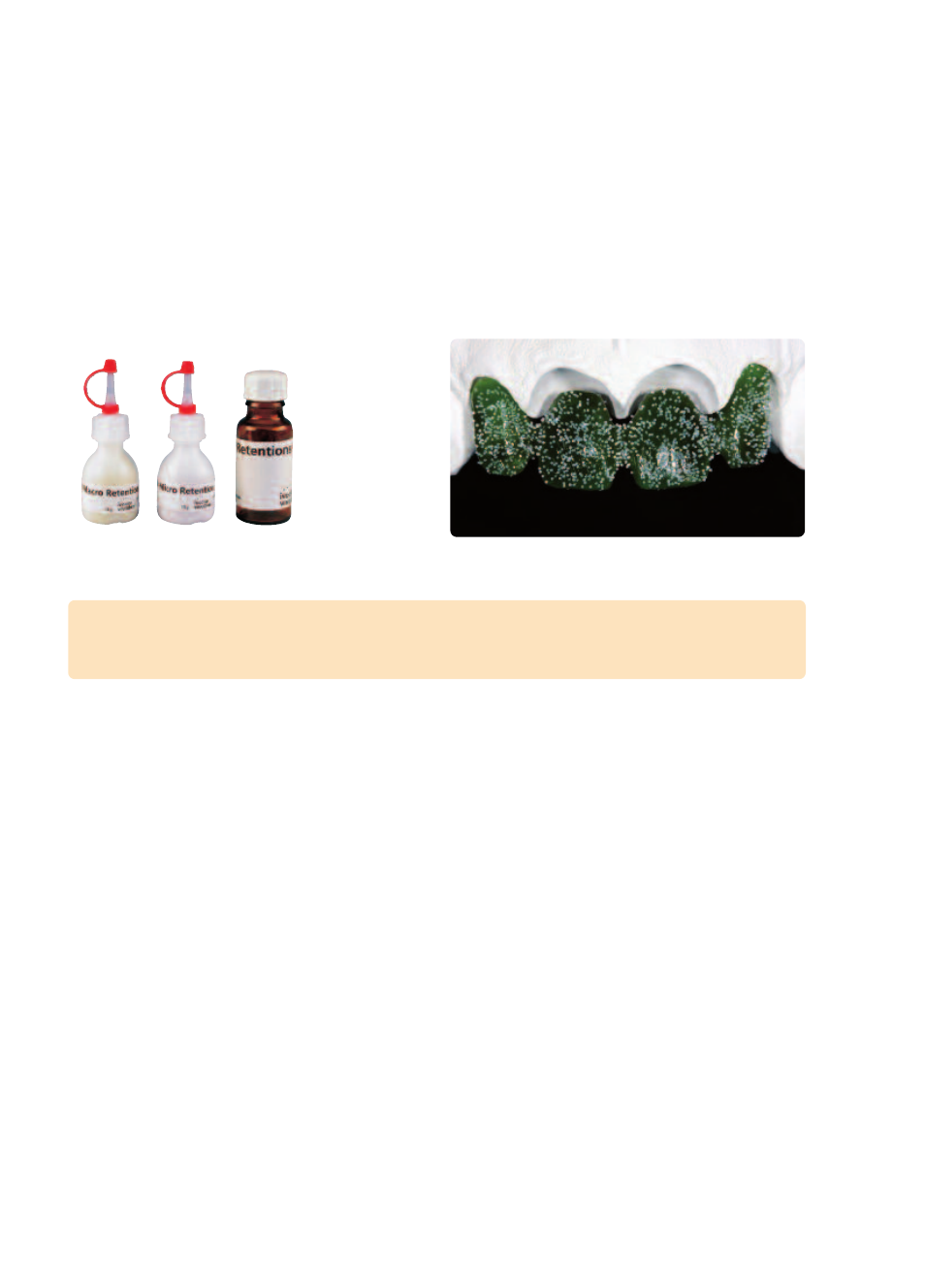Application of retention beads, Surface finishing – Ivoclar Vivadent Telio Lab User Manual
Page 26

Application of retention beads
In addition to the chemical bond with SR Link, a mechanical bond by means of rentention beads must be
provided. The rentention beads are applied following functional and esthetic aspects. Once the sprues
have been placed, apply the retention adhesive in a thin layer and allow a reaction time of approximately
20 seconds so that the solvent may evaporate and the retention beads do not sink into to it and provide
sufficient surface for the mechanical retention.
Sprueing and investing (do not use a debubblizer). Process the alloy according to the instructions of the
manufacturer.
Surface finishing
– Carefully divest the cast framework and blast with Al
2
O
3
according to the instructions of the alloy
manufacturer.
– Separate the sprues and finish the framework using cross-cut tungsten carbide burs.
– For esthetic reasons, the retention beads may be reduced by half (equator) so that sufficient retentive
surface is still available.
– For an improved bond with the Telio Lab Opaquer, the metal surface is blasted with Al
2
O
3
, 100 µm at
2–4 bar/29–58 psi (observe the instructions of the alloy manufacturer).
Wax-up with rentention beads
SR Micro / Macro Retention Beads
Important
Mechanical retentions ensure the mechanical bond between the metal and the veneering
resin and must be applied.
26
